China recently opened a new front in its border disputes with Bhutan by making a territorial claim in the far-eastern part of its Himalayan neighbor, which India has countered with a proposal to build a road through the area.
Landlocked Bhutan maintains a close relationship with India, which trains its military, protects its frontiers, and guides its foreign policy, making India integral to China–Bhutan disputes, and China is troubled by that link, experts said. While it doesn’t share a border with China, the sanctuary is adjacent to the Indian province of Arunachal Pradesh, which China also claims.
Bhutan learned of China’s new assertion at a meeting to discuss a potential grant for the sanctuary from an organization that funds sustainable development projects around the world.
Bhutan protested China’s claim in writing and eventually won the funding, but Chang said the move by China surprised officials in Bhutan.
Experts are surprised at the recent move because China has never claimed any territory along Bhutan’s eastern border and in more than 35 years of its diplomatic talks with Bhutan, it’s never mentioned Sakteng.
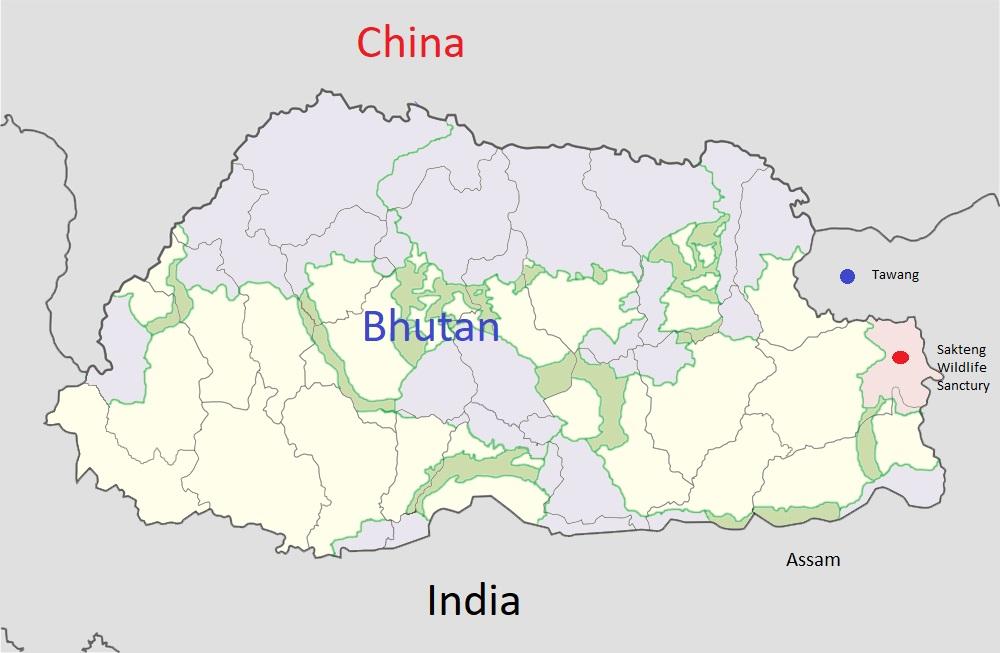
India’s Proximity to Bhutan
“Beijing might think that by claiming territory in eastern Bhutan, it could drive a wedge between Bhutan and India or, at least, between those Bhutanese who want to maintain close ties with India and those who prefer a more independent foreign policy,” said Chang.“Either way, such a strategy could be seen as putting indirect pressure on India, which recently has been a thorn in China’s side.”
India and China have had an intense standoff along their disputed border since May, which escalated on June 15 at Galwan in the Indian territory of Ladakh into a brawl that left 20 Indian soldiers and an undisclosed number of Chinese soldiers dead. The incident is leading to changes to India’s foreign and economic policies toward the regime in Beijing.
It’s likely that China wants to punish Bhutan for allying with India, Rajeswari Pillai Rajagopalan, distinguished fellow at the Observer Research Foundation, told The Epoch Times in an email. And by claiming Sakteng, China is also trying to gain strategically as the sanctuary is along the border with Arunachal Pradesh, she said.
China refers to Arunachal Pradesh as Southern Tibet.
Tawang is about 2 percent of Arunachal Pradesh. It has an ancient monastery and is an important seat for Tibetan Buddhism. In 1950, Tibet ceded Tawang to India to save it from being occupied by the Chinese Communist Party.
“The proximity of Sakteng to the Indian state of Arunachal Pradesh makes it particularly attractive for China,” Rajagopalan says.
She said China actually doesn’t want to resolve its border disputes with India and instead wants to leverage the debates.
“As far as India is concerned, an unsettled border is always in China’s interest because it will keep India off-balance. New Delhi will be off the Chinese hook if the border and territorial disputes are resolved. In fact, as China becomes more powerful, it has less interest in finding a solution to the border and territorial disputes,” Rajagopalan said.
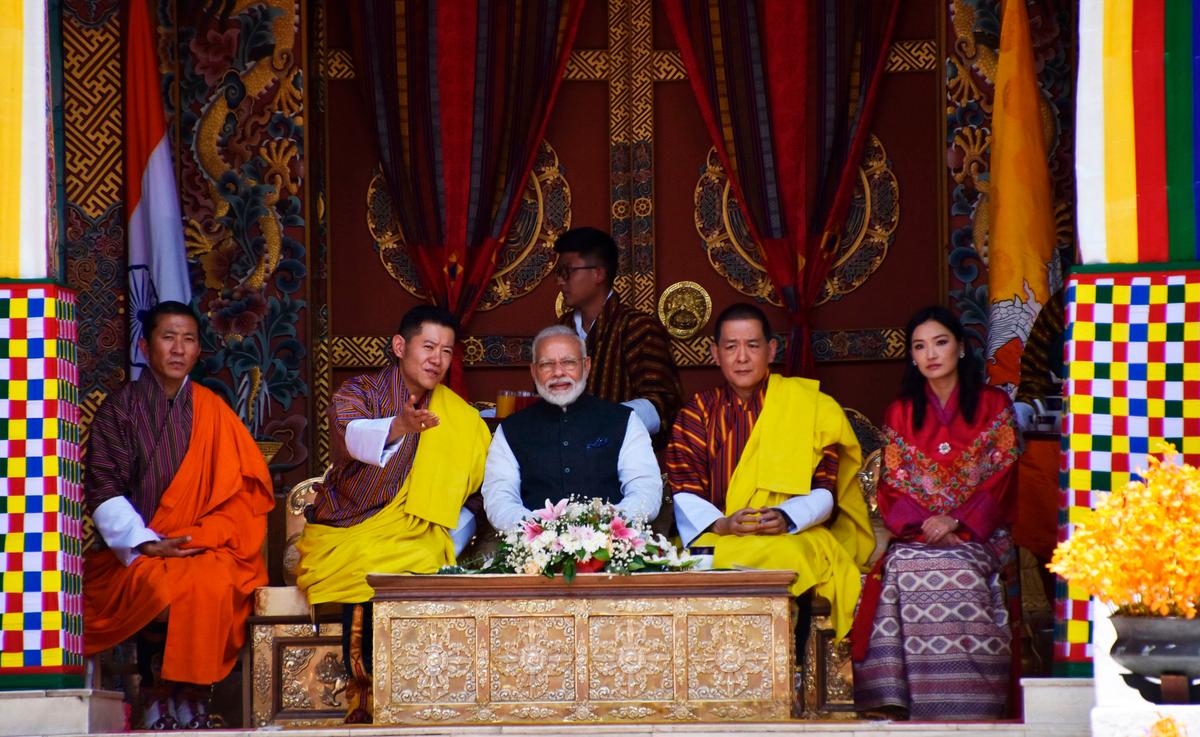
Road Through Sakteng
After China staked its claim to the Sakteng sanctuary, India reportedly offered to build a road through the area that will cut the distance to the disputed border by 93 miles and would accelerate any movement of Indian troops to the area in response to military moves by Beijing.The elected leader of Arunachal Pradesh, Pema Khandu, reiterated an old request to the Indian government in mid-July to take up the matter with Bhutanese officials.
“This road is very important for both countries. It will be a win-win situation not just strategically but also in terms of tourism and economically,” said Khandu.
It’s very unlikely that the Indian government will have formal communication on this matter with Bhutan because it’s still engaged in disengagement and de-escalation talks with the Chinese after the Galwan incident, according to India Today.
Aparna Pande, the director of the Initiative on the Future of India and South Asia at the Hudson Institute in Washington, told The Epoch Times over a chat platform that while there’s been no formal communication, the Indian and Bhutanese administrations are in touch over it.
“The fuzziness will remain. India always tries to make sure that Bhutan is given due respect and so anything India says about Bhutanese territory is always behind closed doors and not in open,” said Pande.
“They will not make that public unless and until both want that made public.”
Package Deal
The Indian media reports that the Chinese have suggested a “package solution” to the Bhutanese offering them territories in exchange for what the Chinese want on the western border.“The boundary between China and Bhutan is yet to be demarcated, and the middle, eastern, and western sections of the border are disputed. China has proposed a package solution to these disputes,” Chinese Ministry of Foreign Affairs spokesperson Wang Wenbin said when asked about Sakteng on July 21, the Indian newspaper The Hindu reported.
“To bring India to object to it and then accuse India of interfering in Bhutanese affairs ... just to trap India in a conflict. This could be one of the ploys. Otherwise, I don’t find any logic in raising this particular issue at this moment,” said Stobdan.
“Obviously, there are other strategic factors of the India–China conflict in the Ladakh sector. It’s certainly directly linked with this issue in eastern Bhutan,” he added.
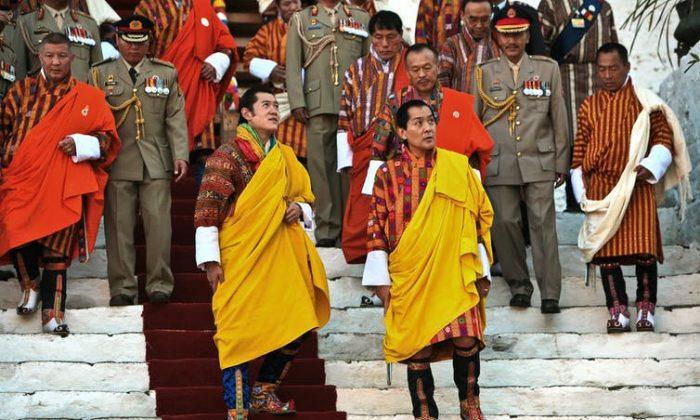

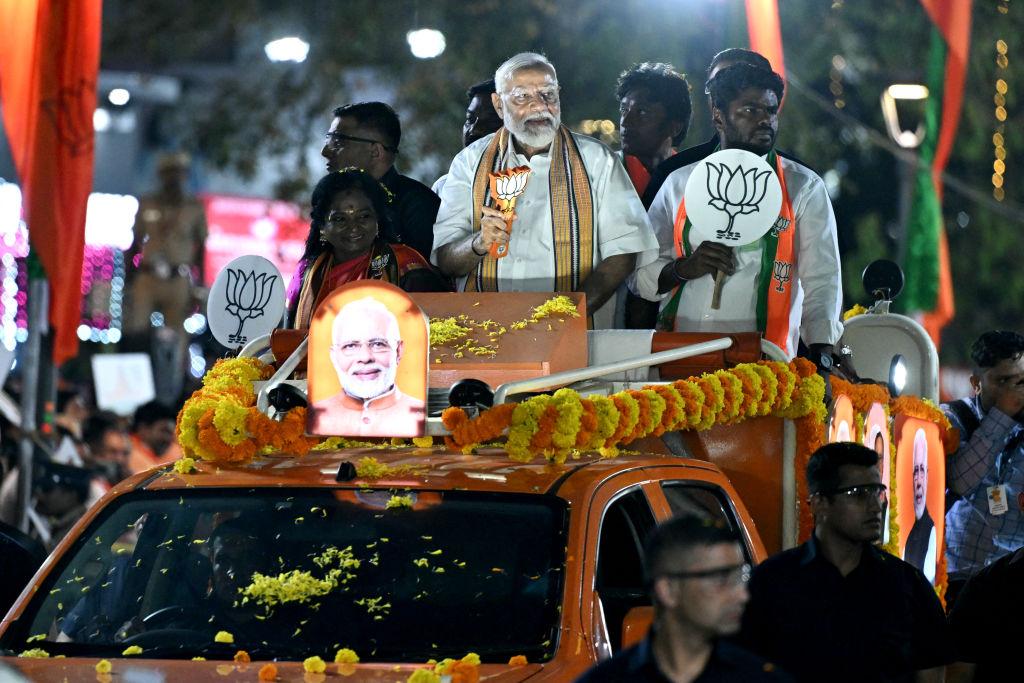

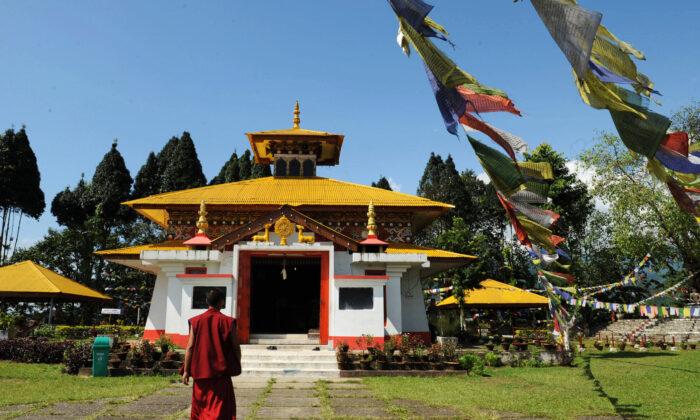
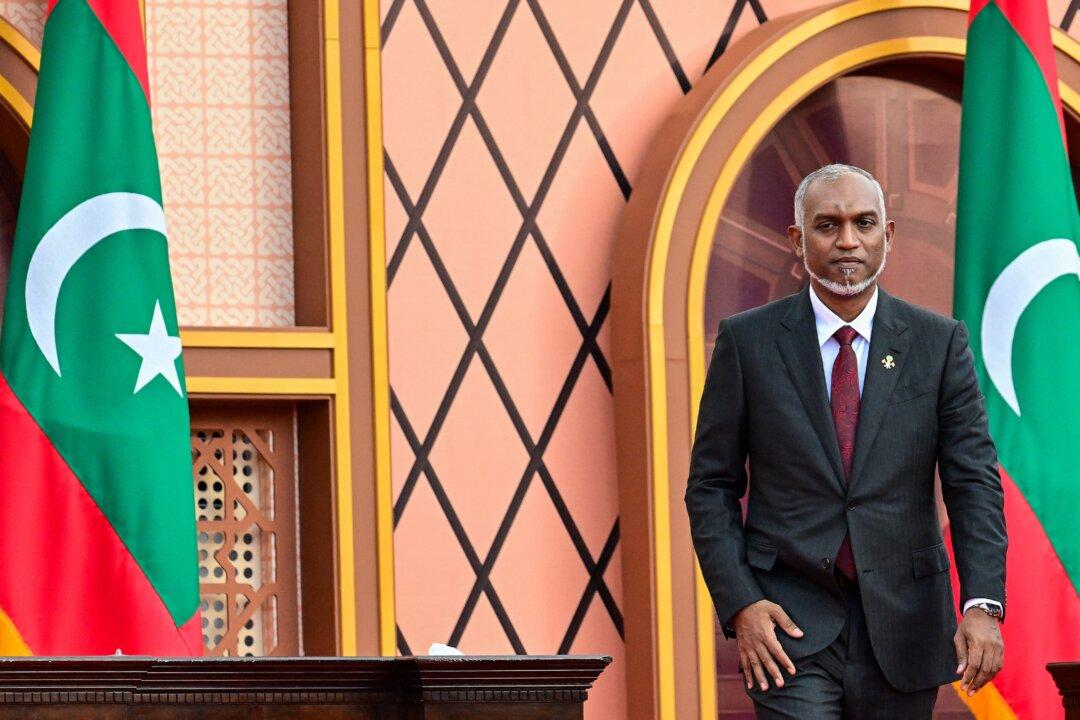
Friends Read Free